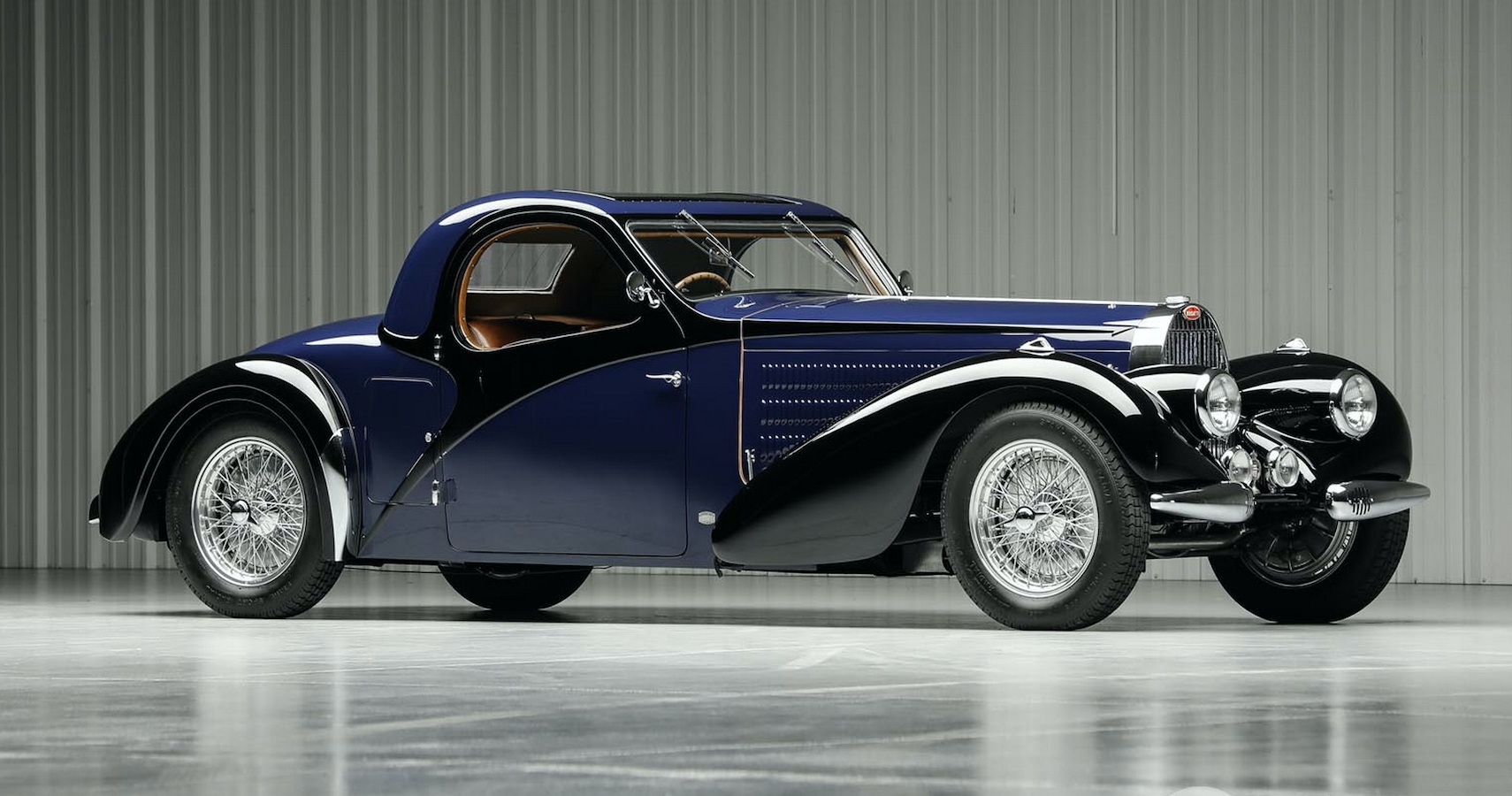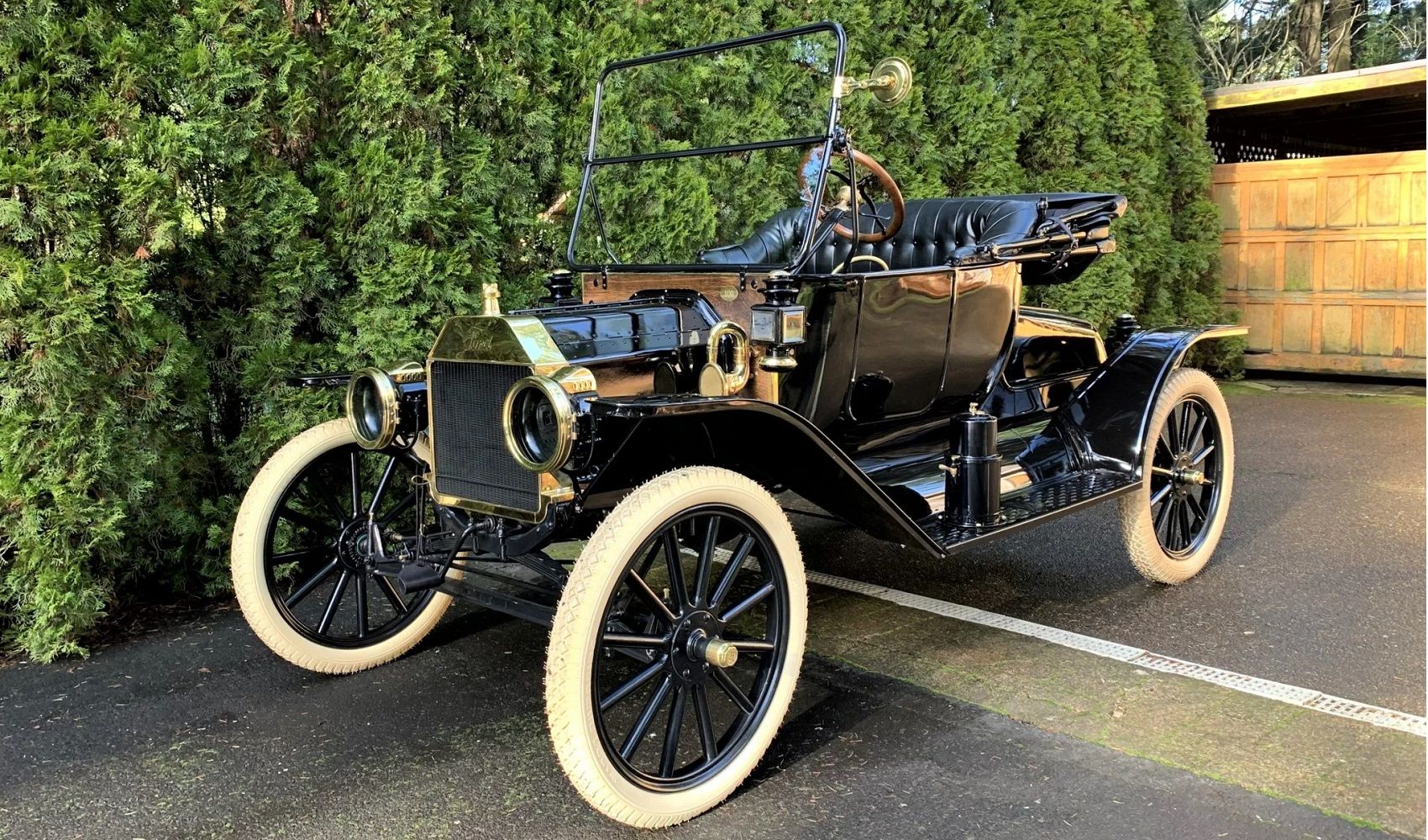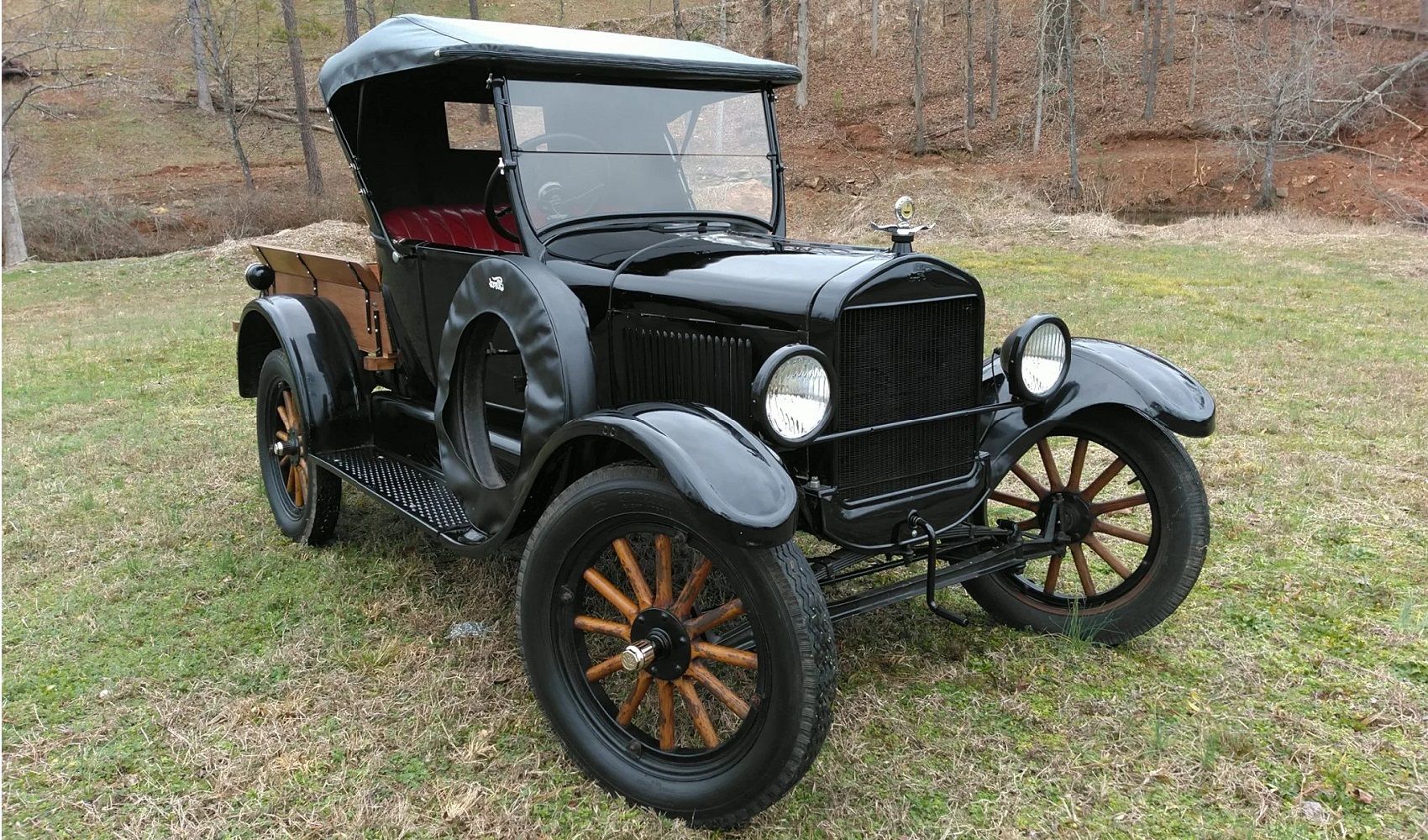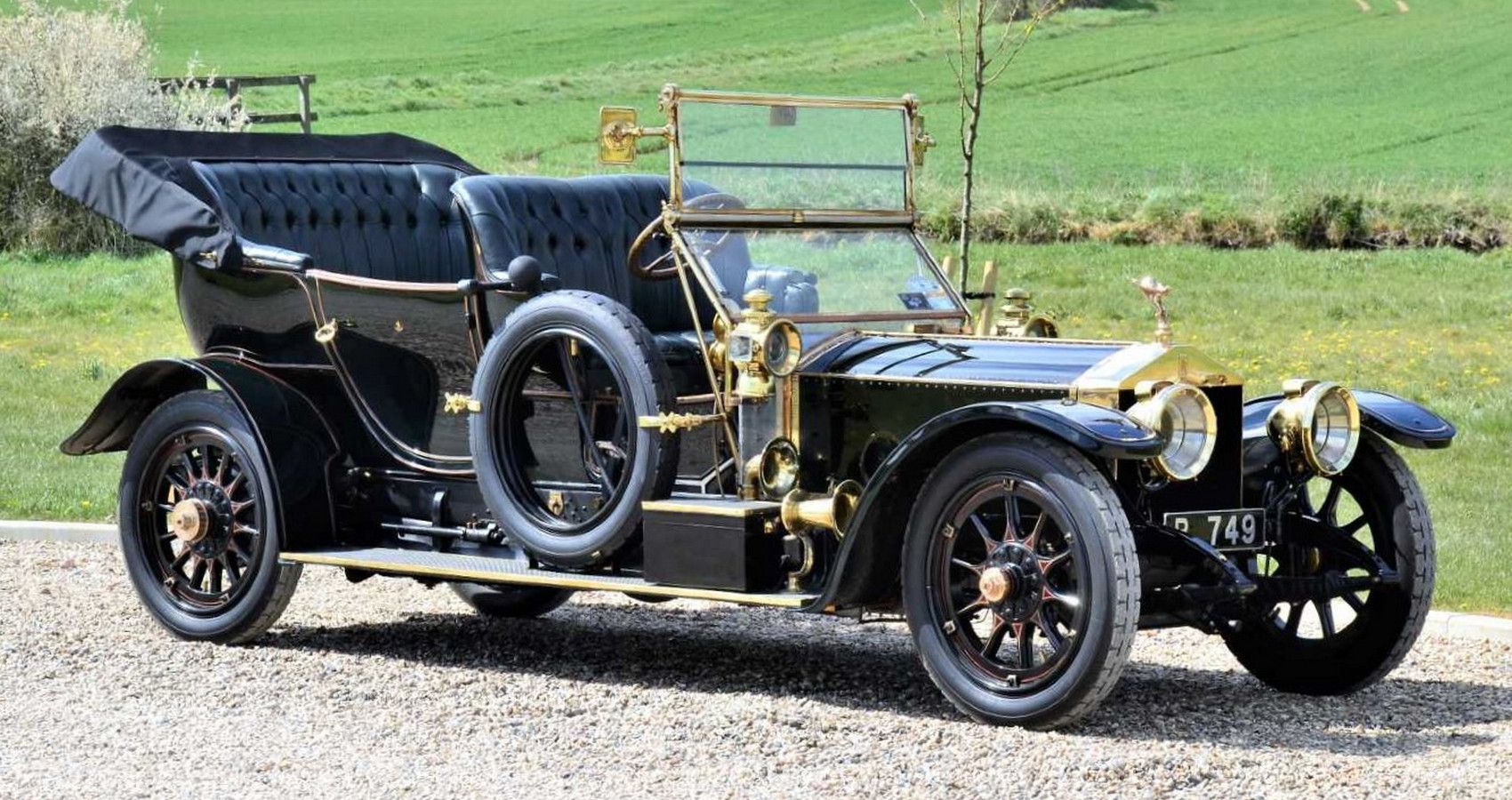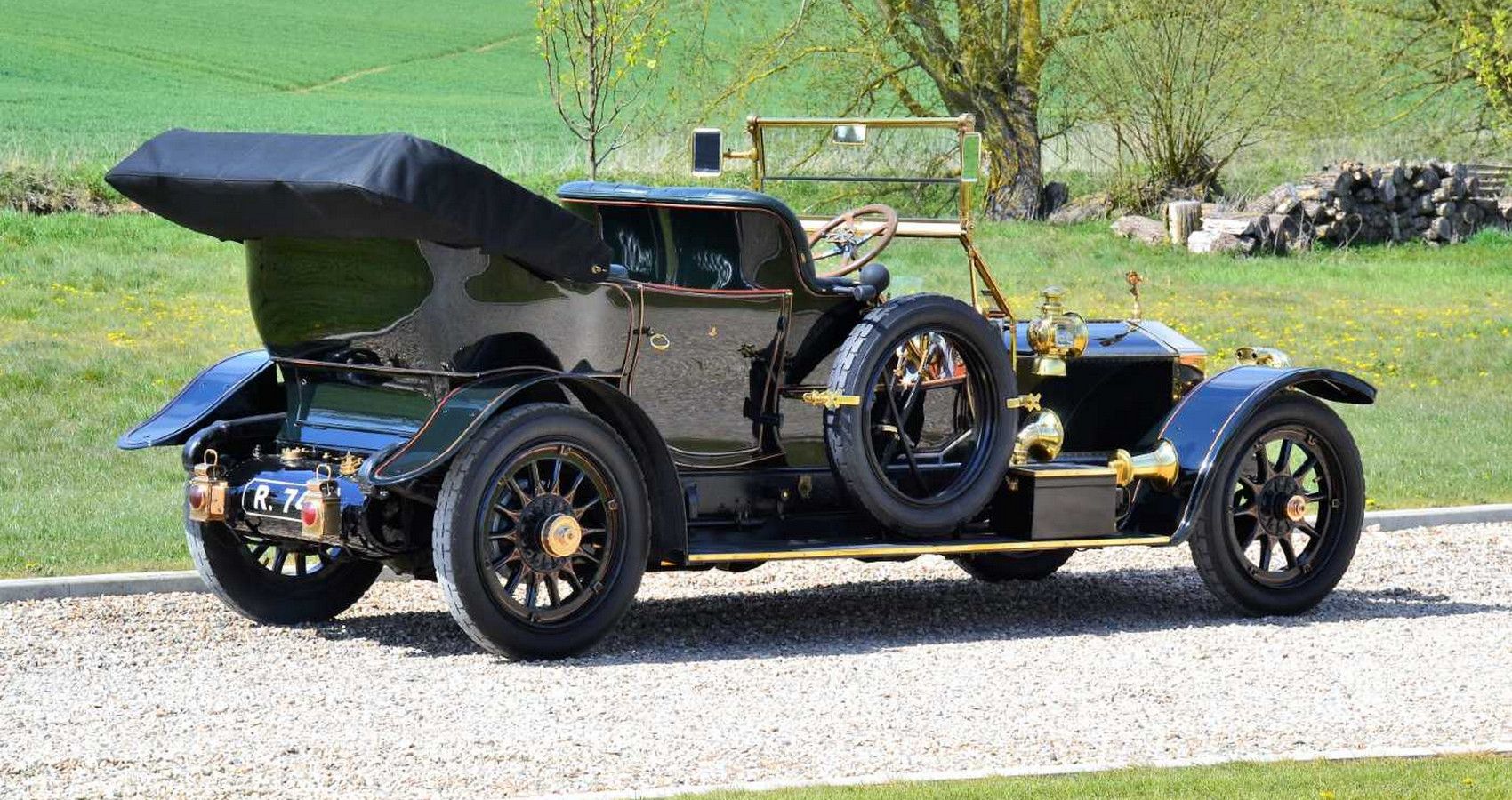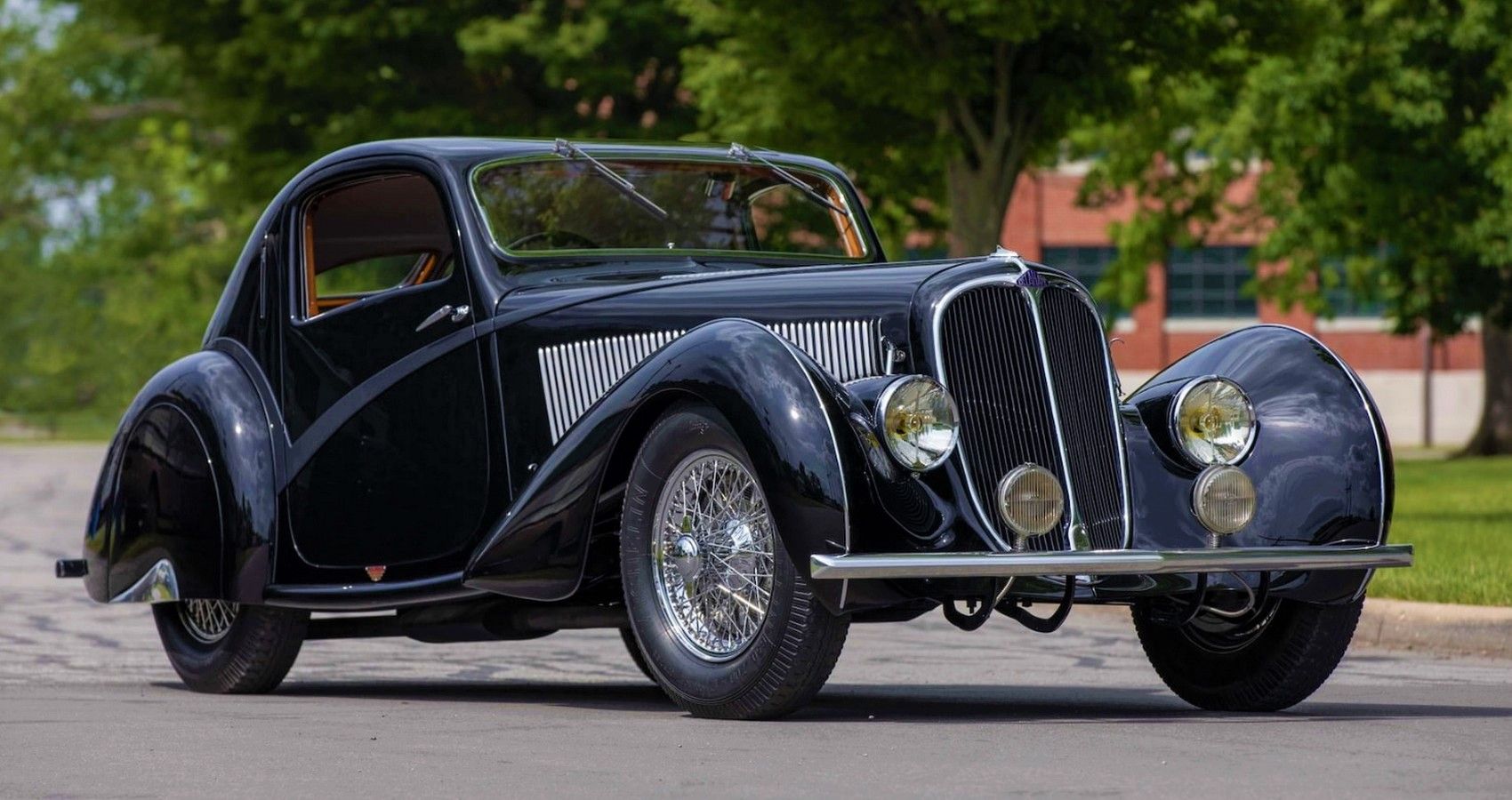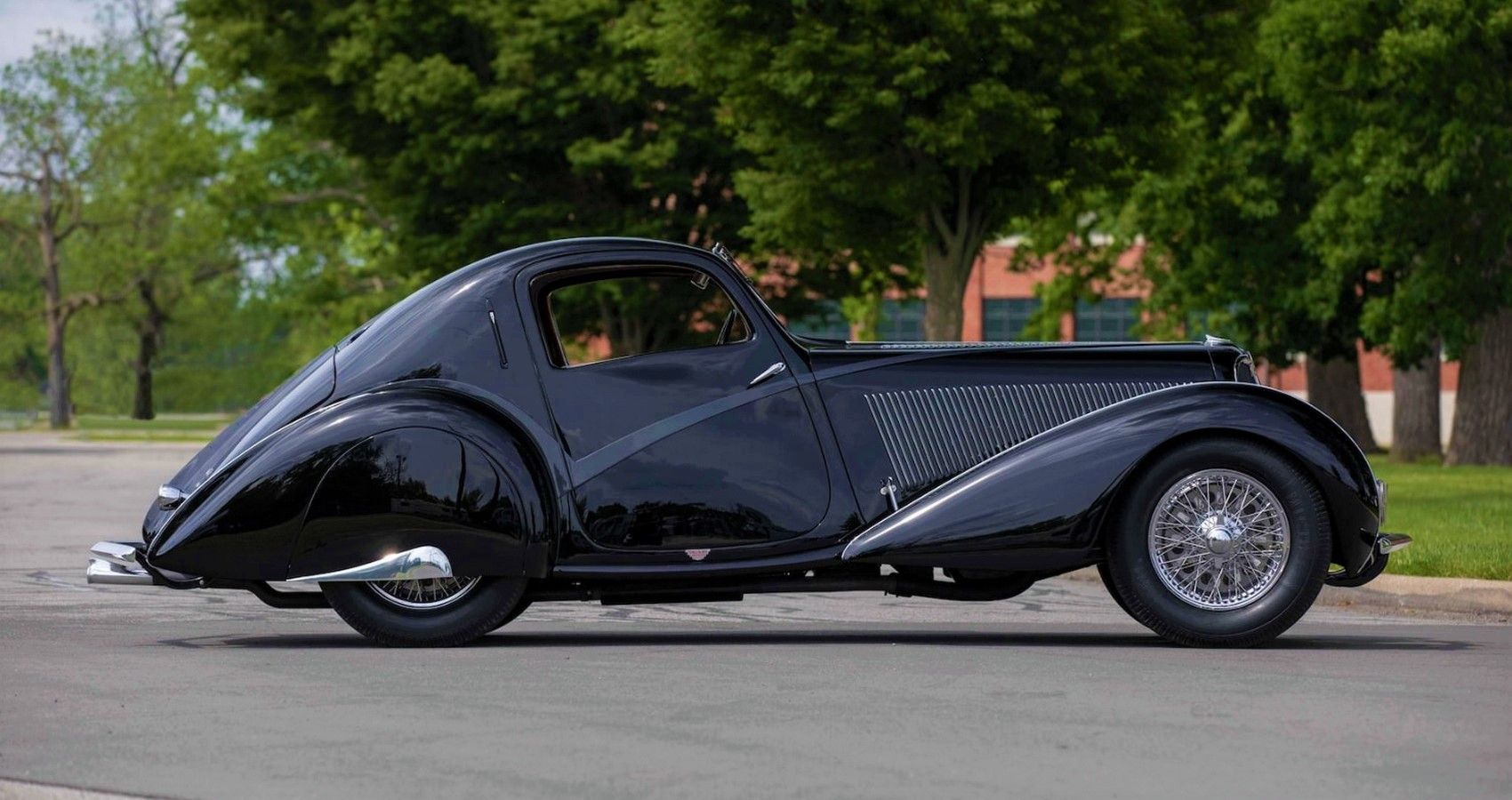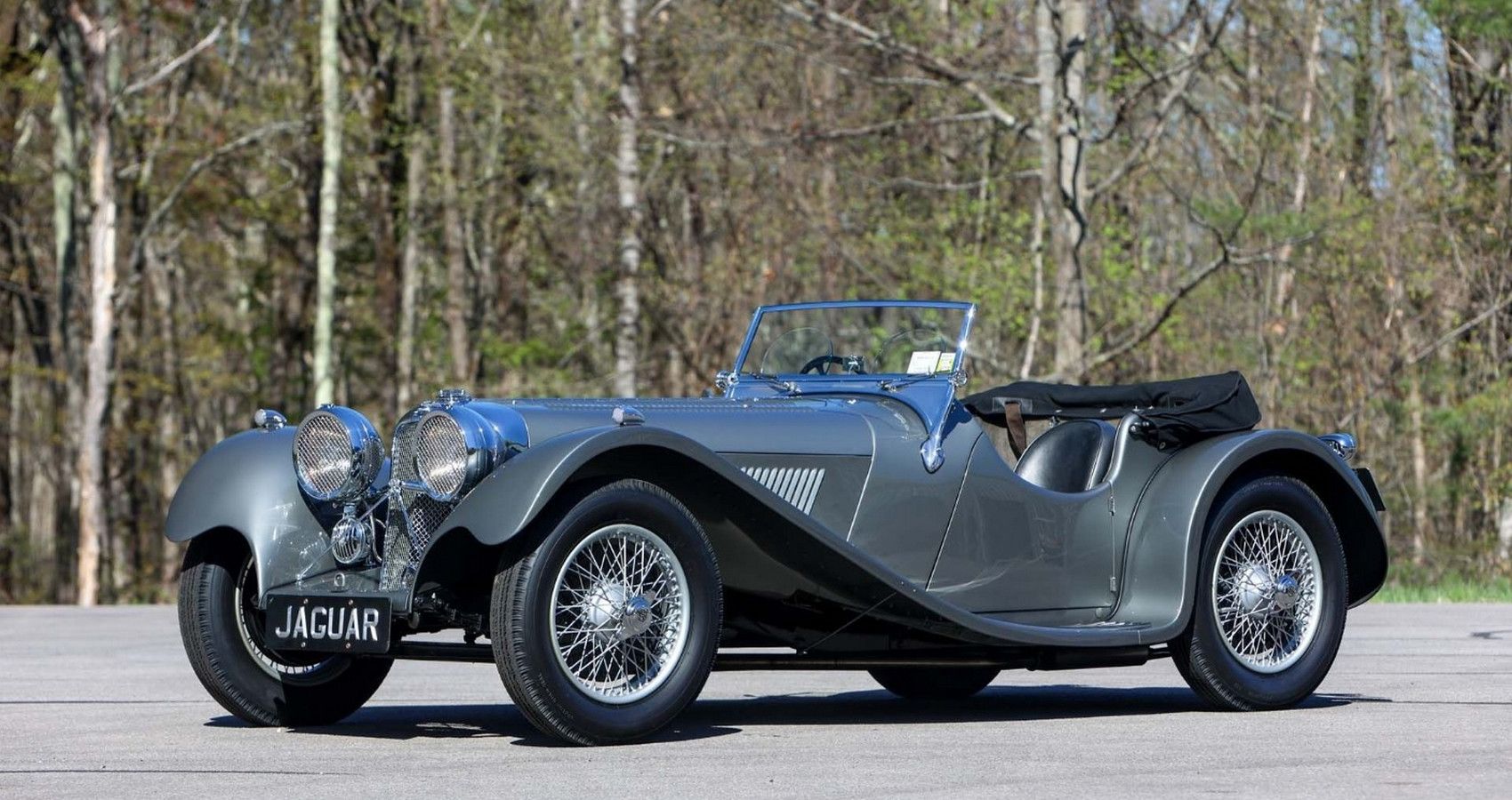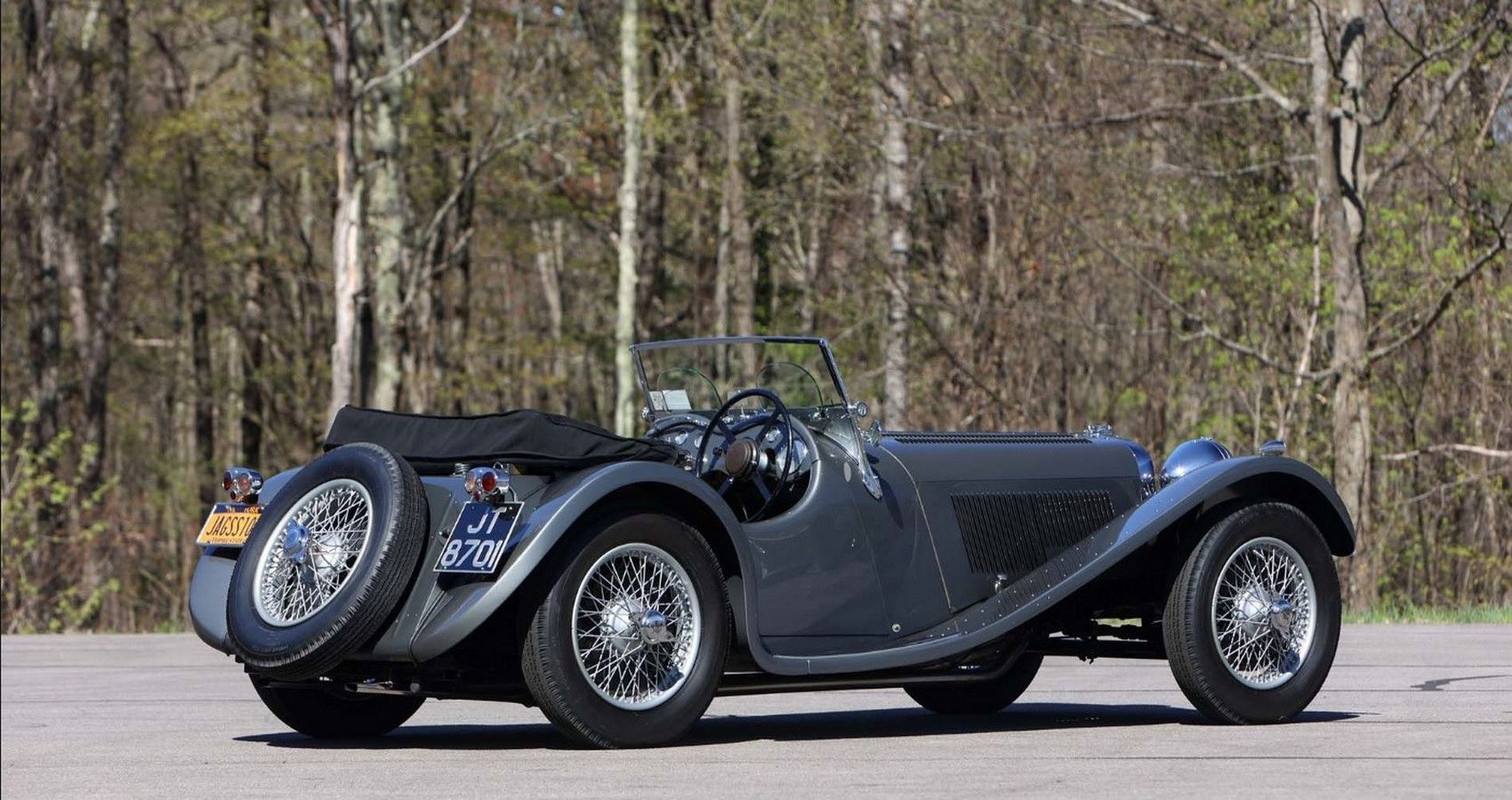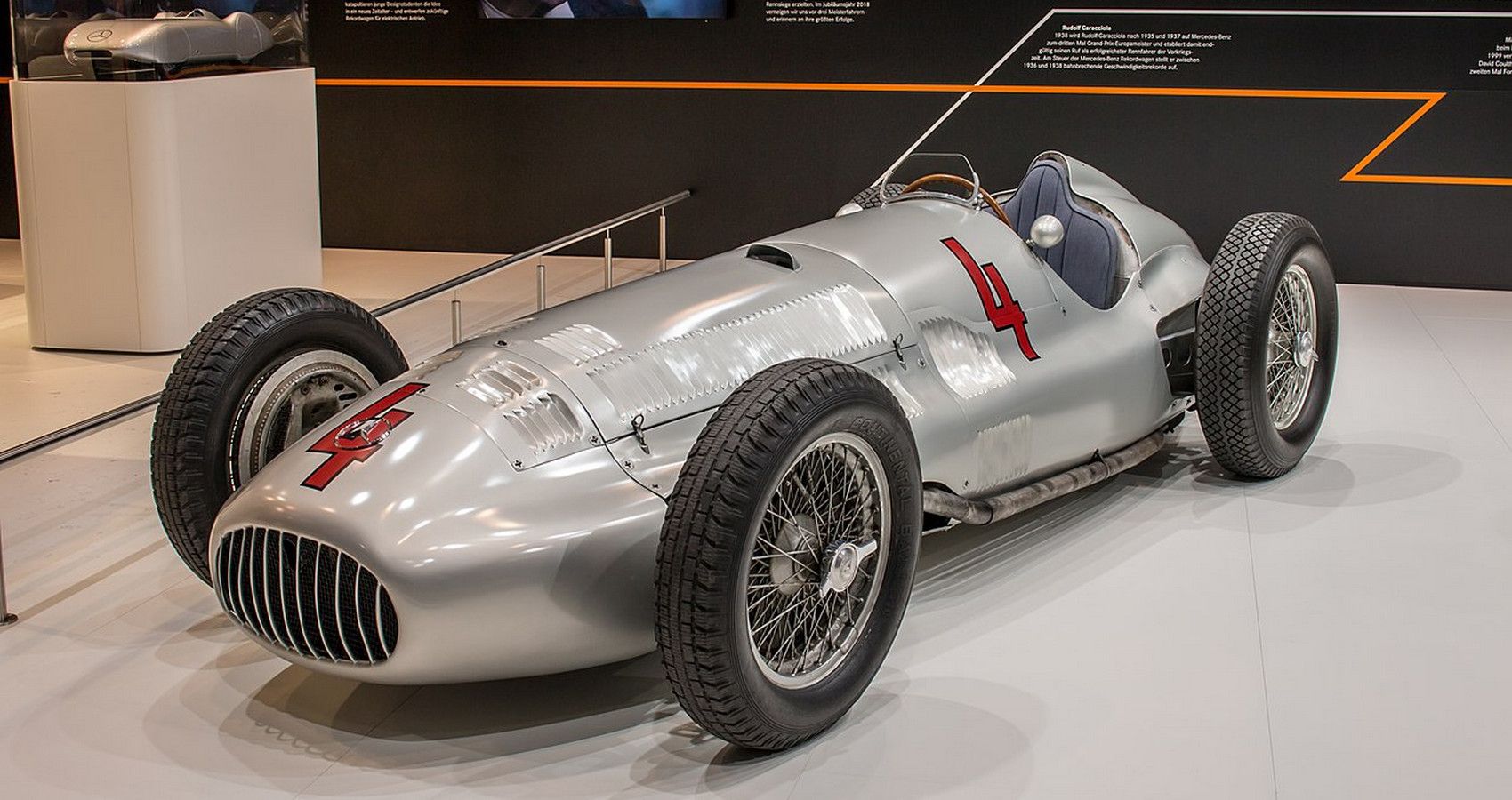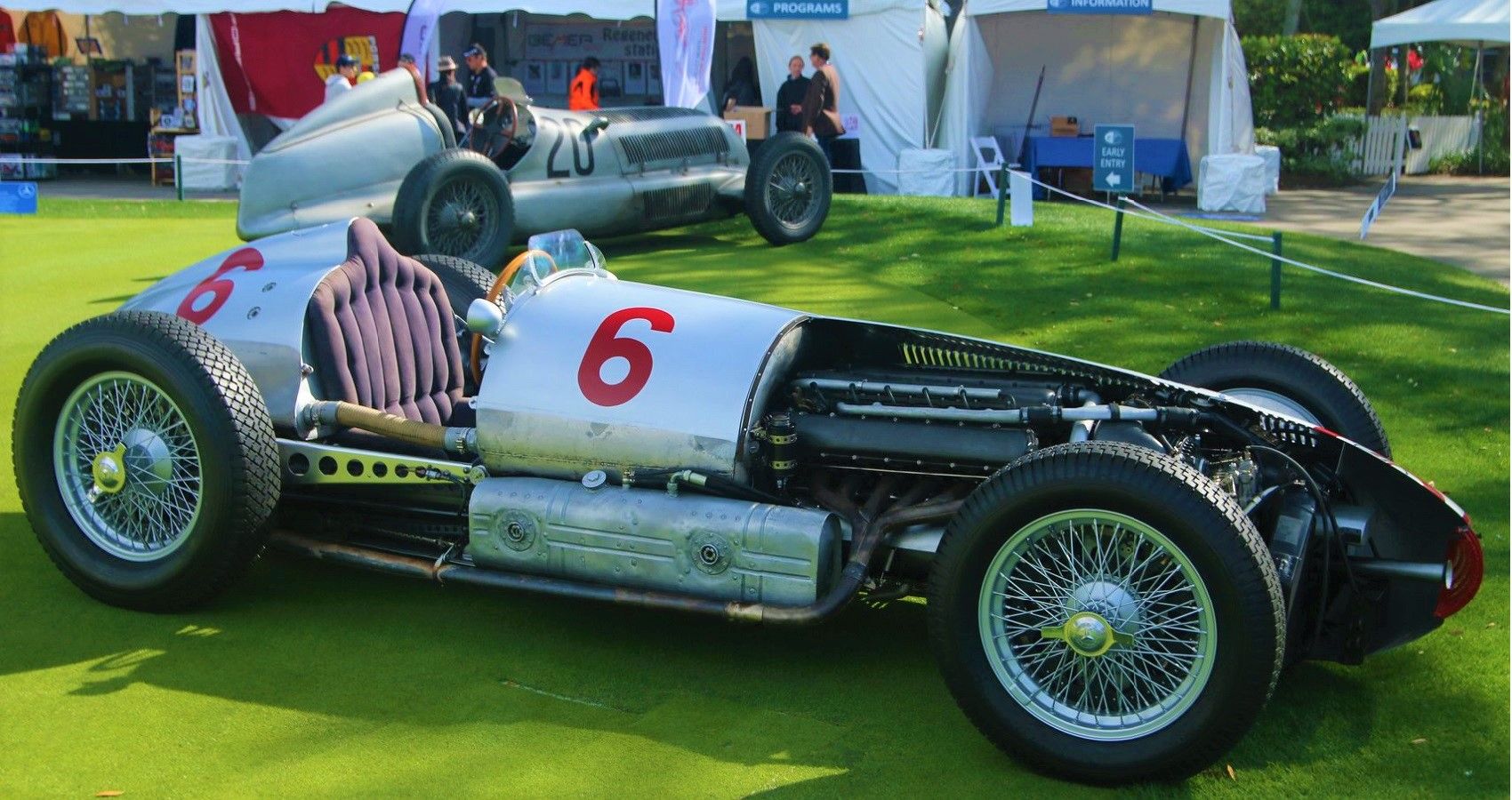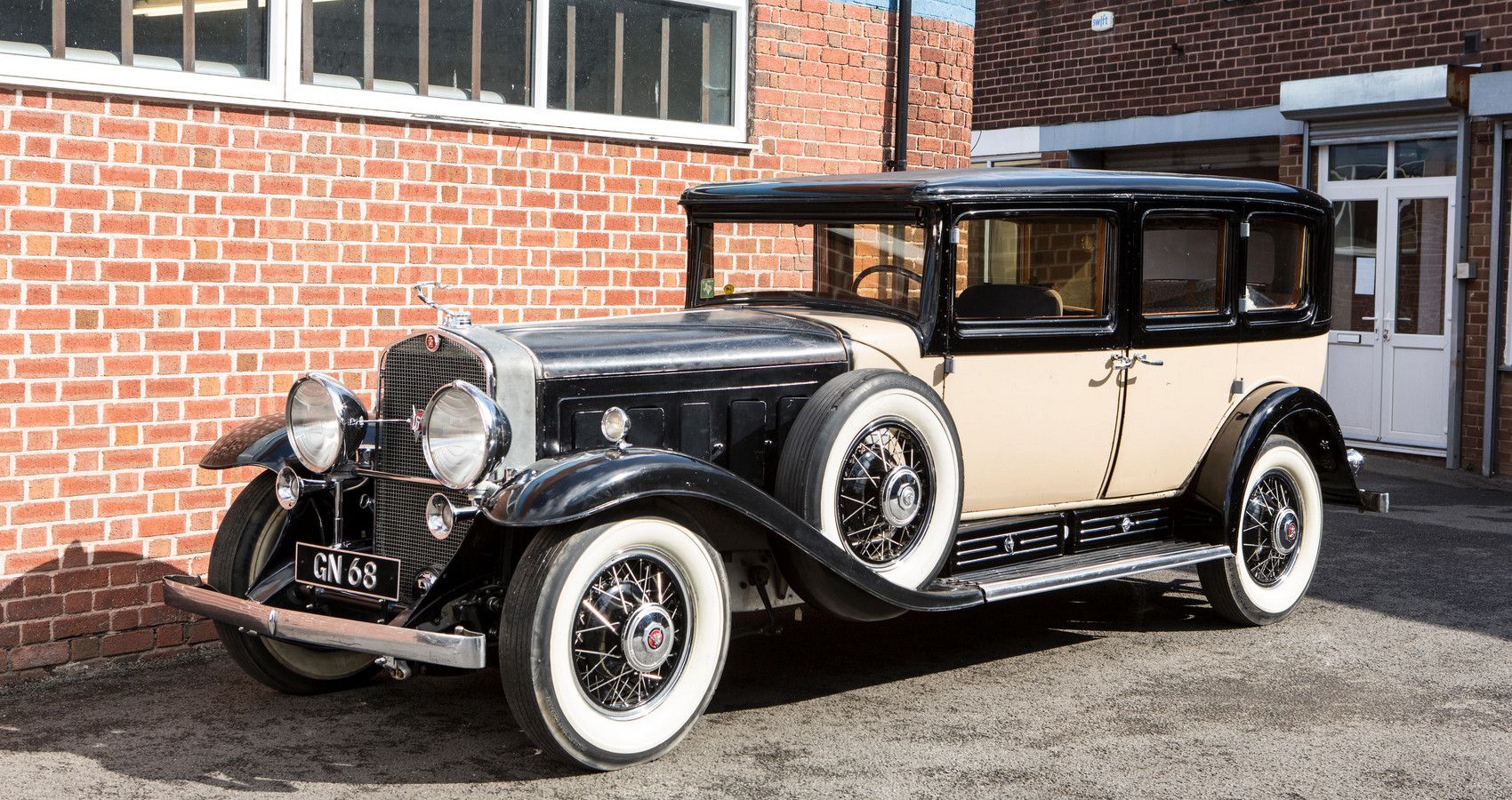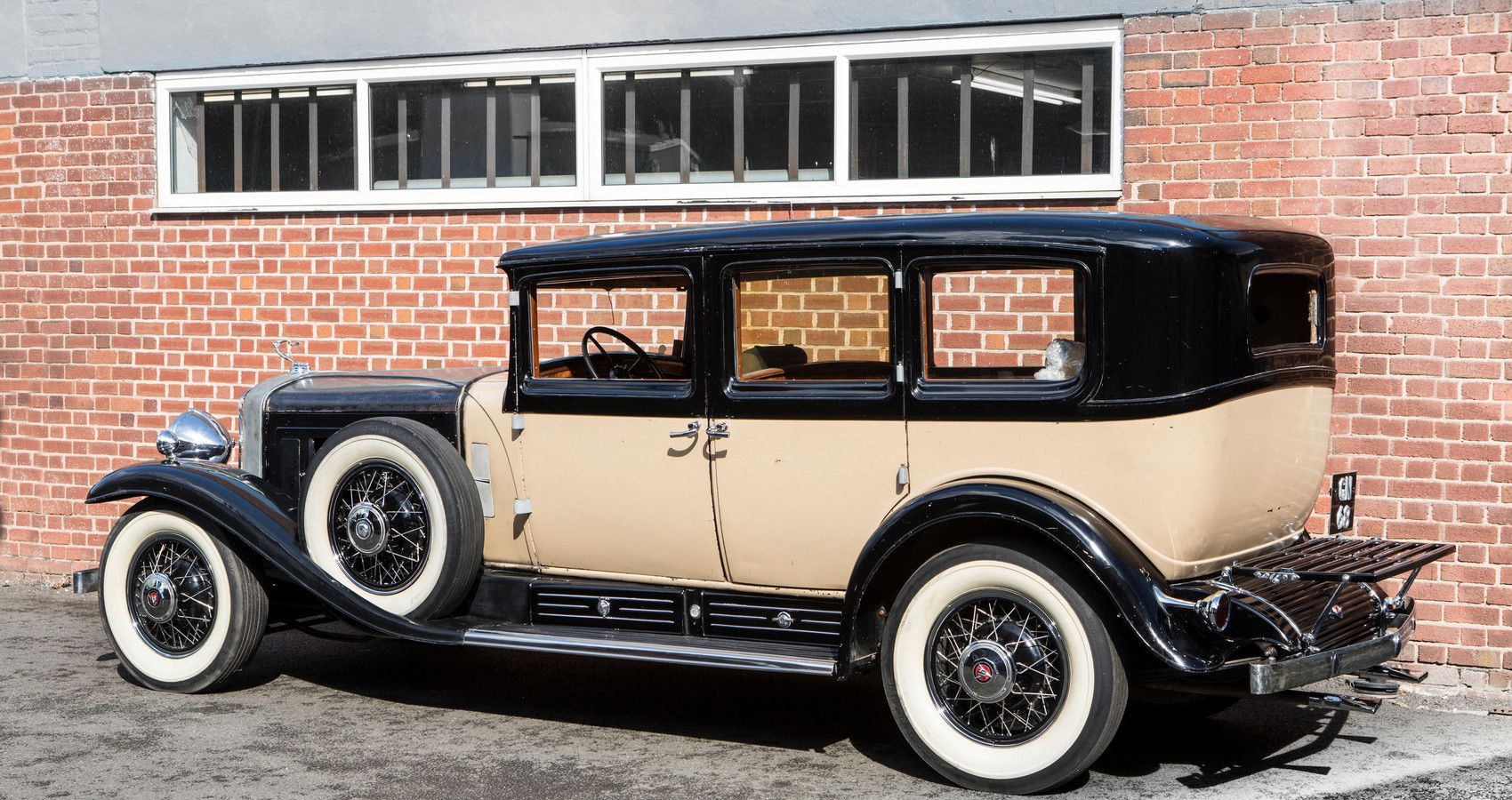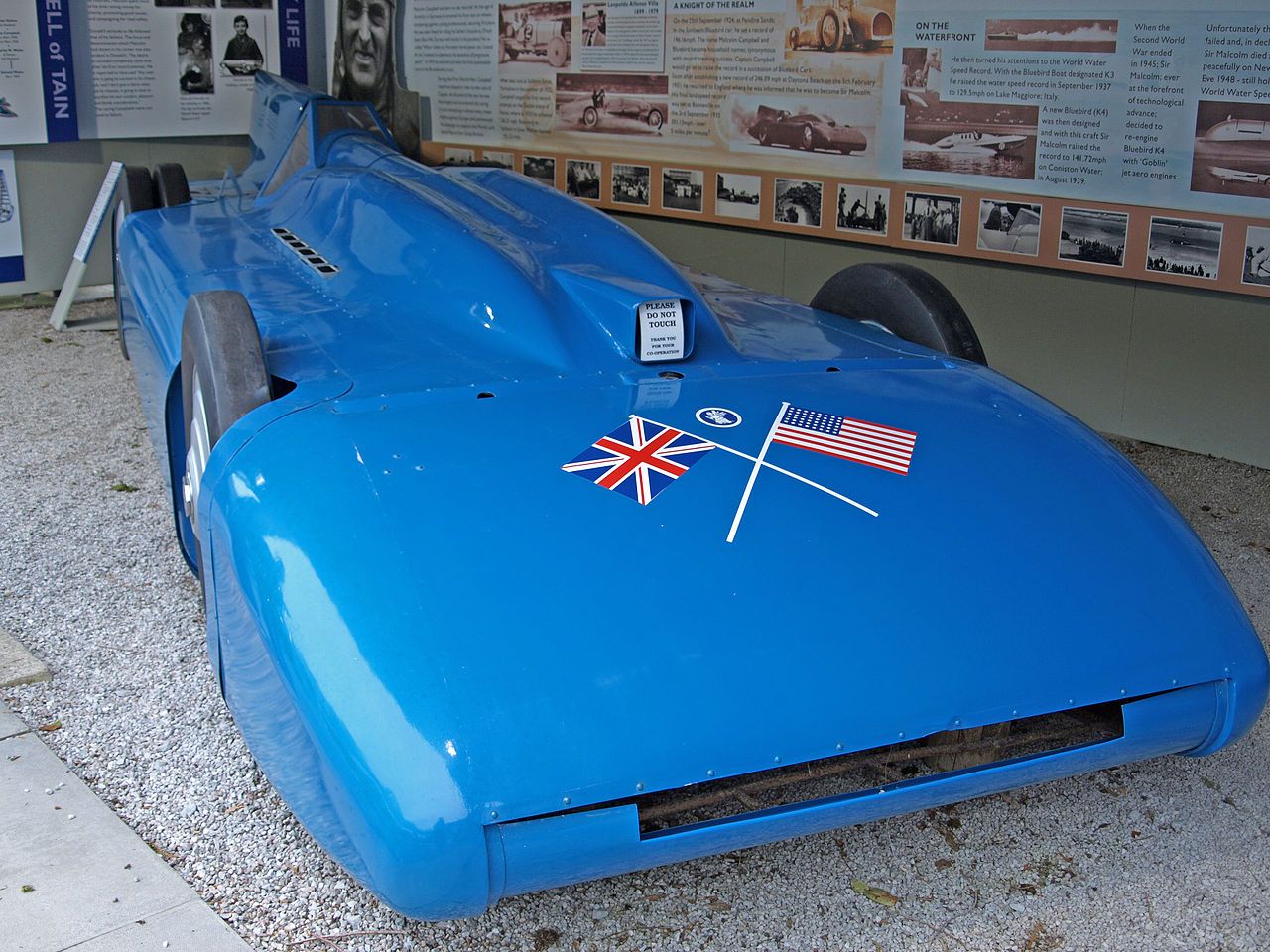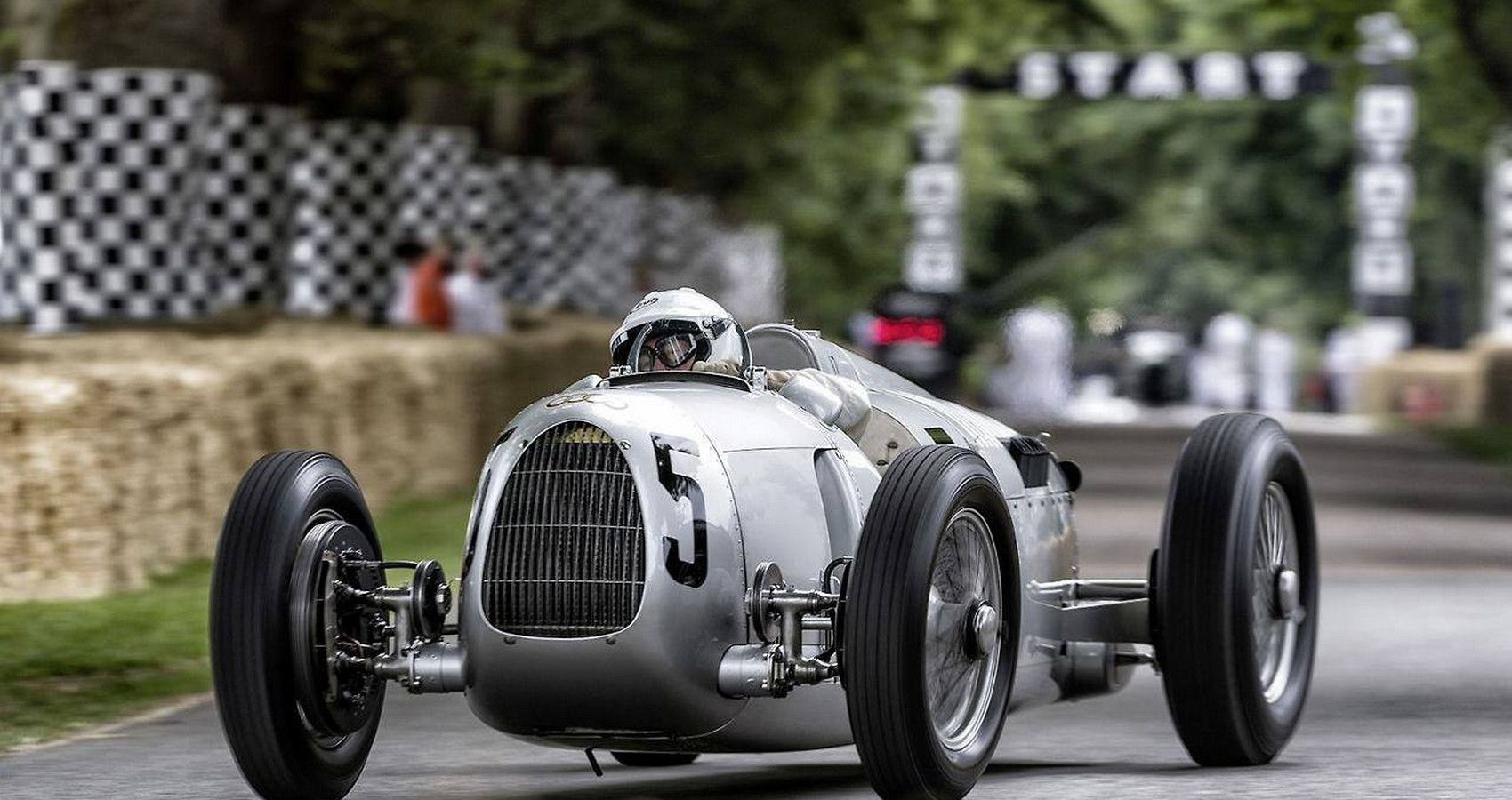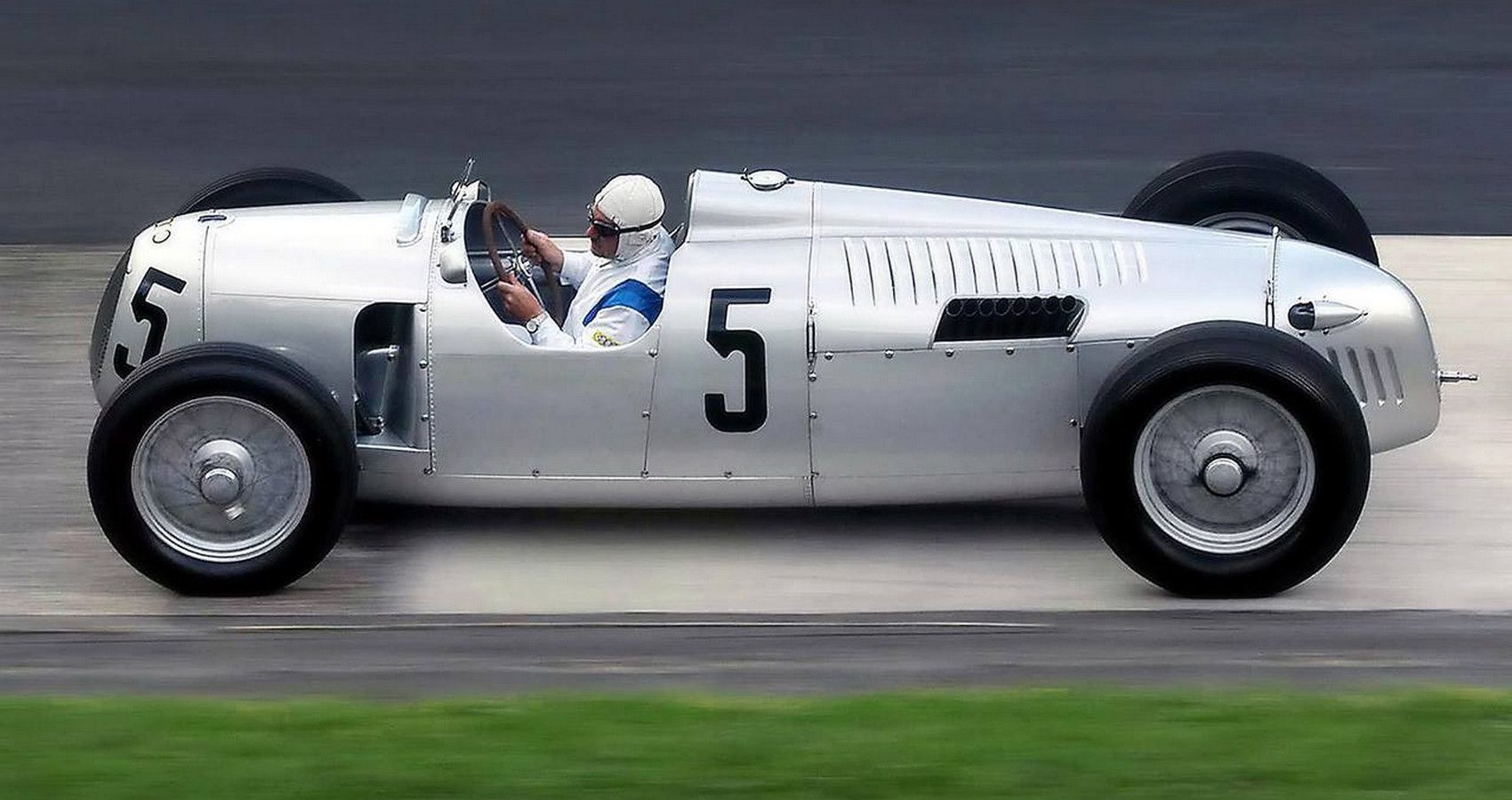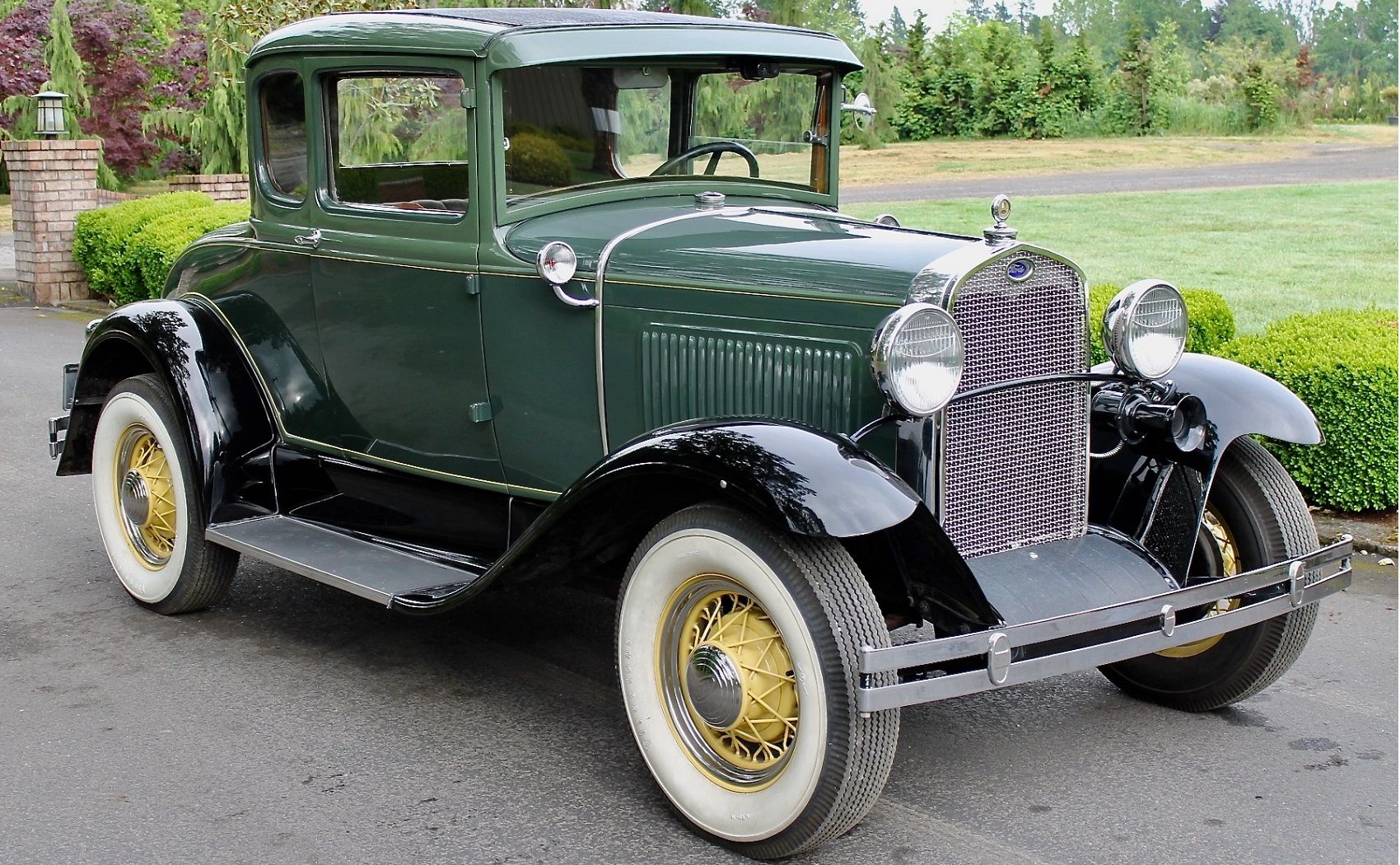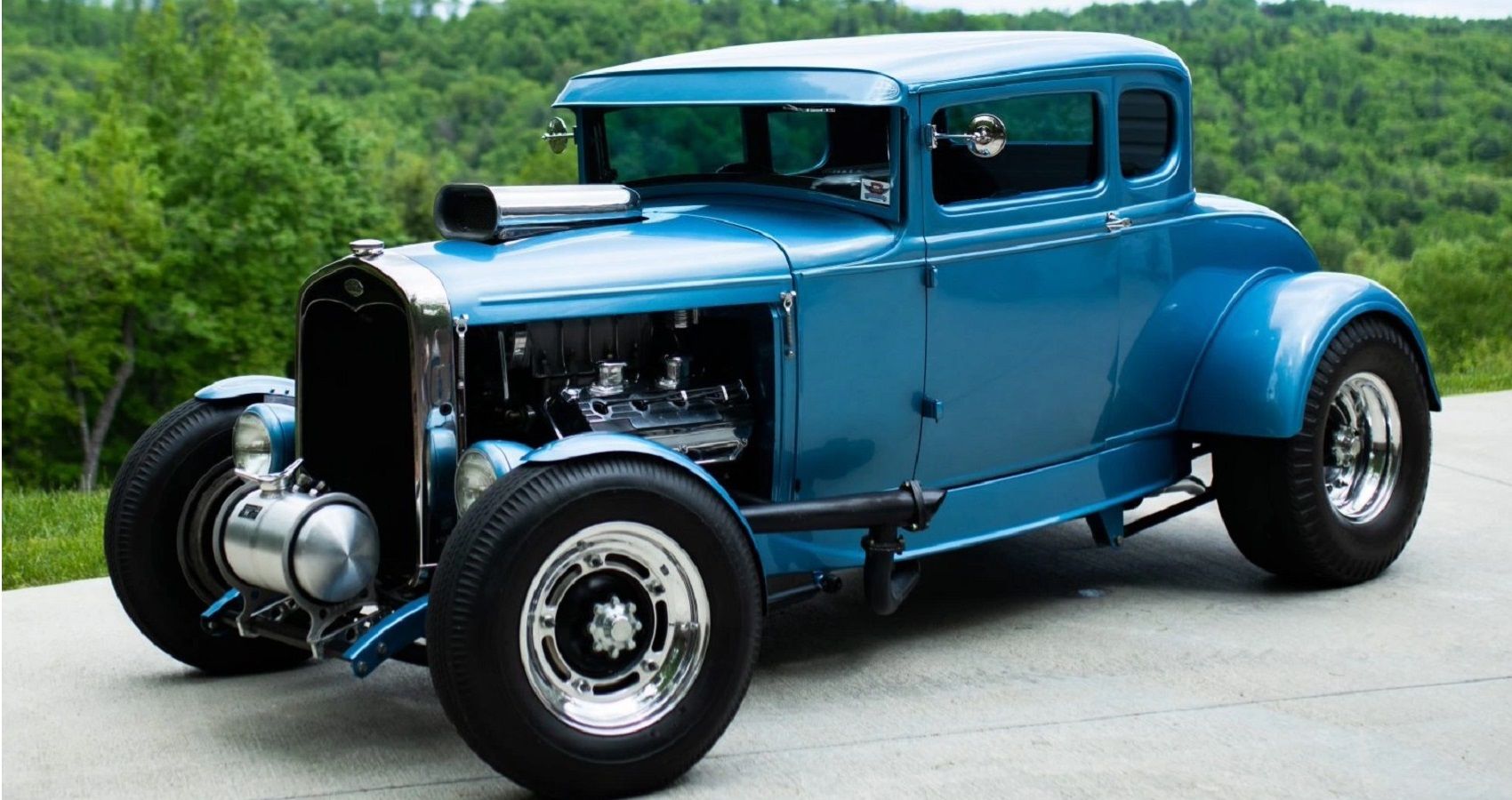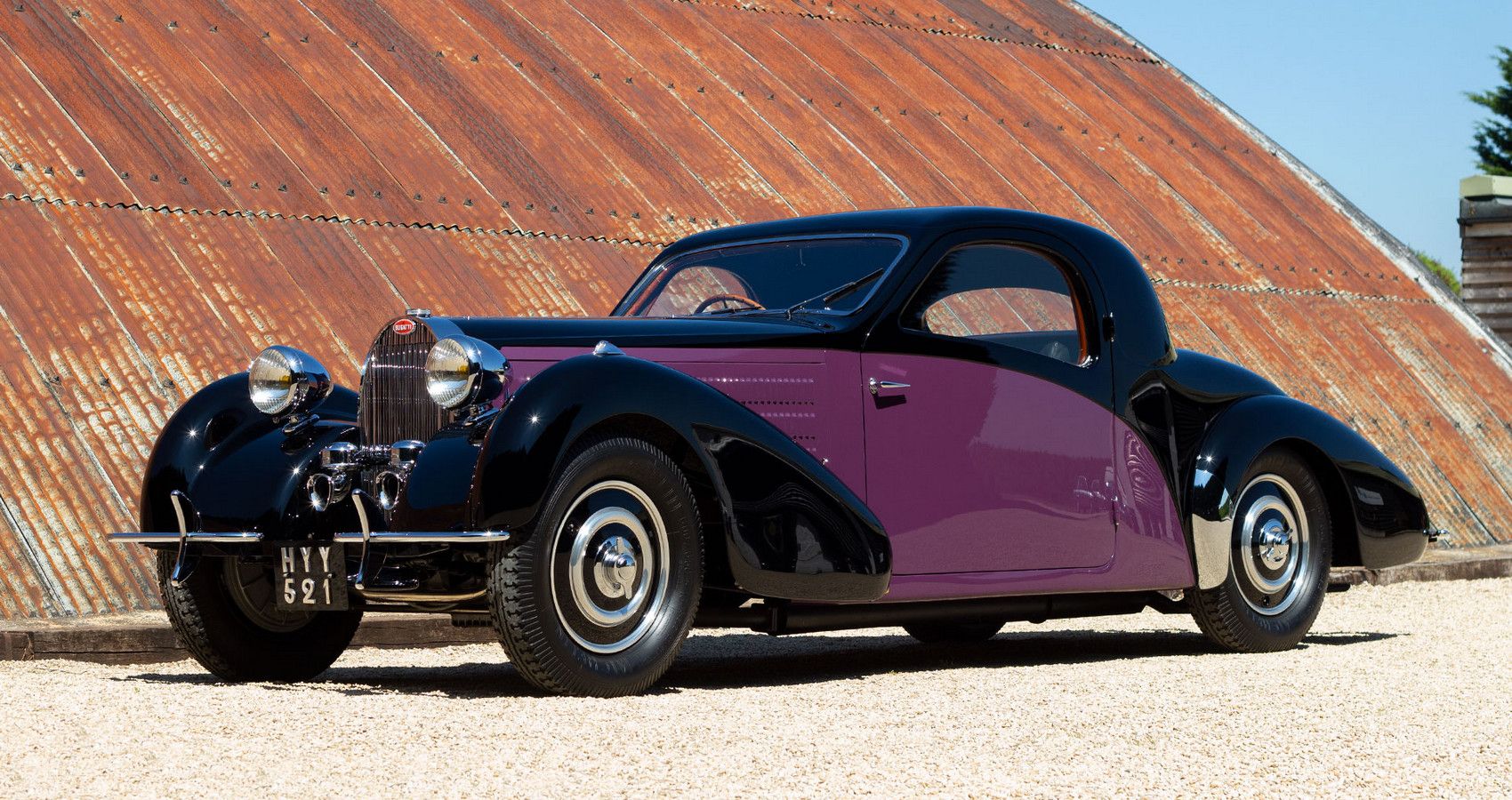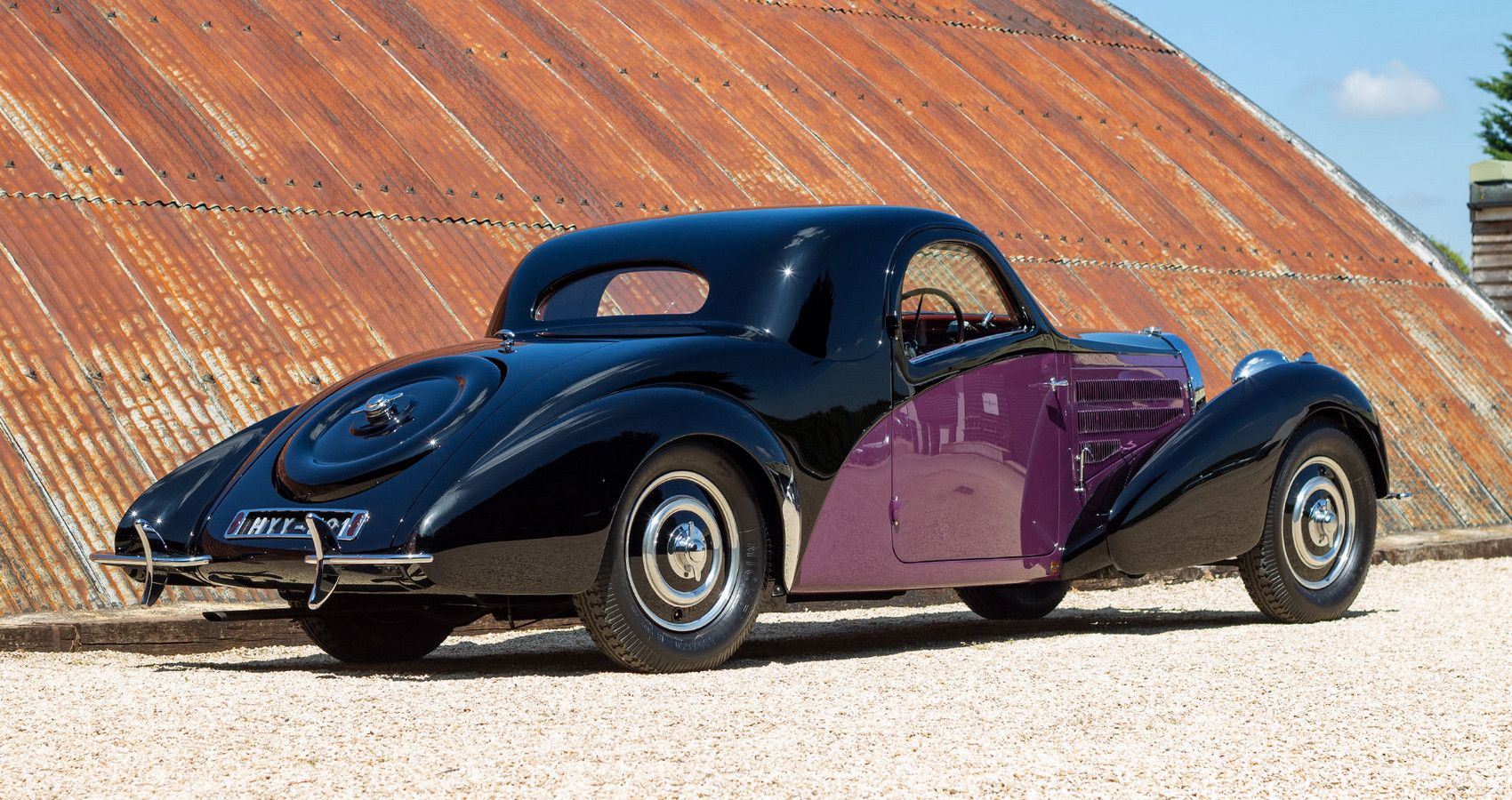Modern cars might be faster and more reliable, but pre-war classic cars are some of the most iconic designs ever made.
Before WWII, carmakers had woken up to the potential of faster, more luxurious cars. However, the automobile had only been around a brief 40 years. In that time, Europe's biggest names appeared churning out exquisite cars that can put modern designs to shame. Ask any collector which looks better, a modern Mercedes coupe or a 1930s Mercedes 500K Roadster?
It comes down to style, older cars do without modern crash-test safety themed designs. Big bumpers, crumple zones along with dozens of add-ons have ruined modern cars. You don't need to look too far to see modern cars are a near endless stream of look-a-likes. For us, older is cooler, more iconic. Would Rolls-Royce enjoy the same status level had it not been for the early Ghost and Phantom models?
It's not only pre-war road cars that broke the mold either. The 1930s gave rise to a golden era of single-seaters that blended speed, style, and engineering. The same design ideas still influence motorsport today. If WWII hadn't happened, would these icons have evolved further?
10 Ford Model-T (1908-1927)
Tin Lizzie did more for the automotive industry than any other car. Produced in dozens of variants including coupes, trucks, and everything between. Ford's Model T lays claim to several firsts. Not the least Ford's groundbreaking "assembly" line construction process.
Despite the various body styles, the Model T used a common chassis and engine layout. Over its production life, some 15 million cars mobilized Americans from all walks of life.
9 Rolls-Royce Silver Ghost (1906-1926)
On the other side of the Atlantic, two engineers pursued a different path. Rolls-Royce aimed the Ghost at wealthier customers by offering unrivaled levels of luxury. The Silver Ghost name later emerged not from the carmaker, but from the press.
For 20 years, the Silver Ghost earned itself a reputation as "the Best Car In The world" due to its refinement. Further updated in 2010, the Ghost gained a larger 7.4-liter straight six engines. Rolls-Royce later added its own 4-speed manual.
8 Delahaye 135 Competition (1935-1954)
Overlooked French carmaker Delahaye survived WWII only to go belly up in 1954. But, it's not all bad news, in 1935 Delahaye unveiled one of the best looking pre-war cars ever. Designed by Jean Francois, the 135 appeared in several models.
Chief among those are the streamlined 135 Competition cars. Fitted with larger 3.6-liter straight six engines cranking out 160 hp. With motorsport in mind, the 135 Competition claimed victory at the Monte Carlo rally and Le Mans.
7 Jaguar SS100 3.5-Liter (1936-1939)
A hasty rebranding exercise gave rise to Jaguar shrugging off the brand's origins. Pre-war sports cars is where Jaguar cut its teeth. The SS100 range growing in stature with bigger engines. Not quite the first Jaguar, the SS100 is the one most gearheads recognize as the beginnings.
In reality, the SS100 uses a shortened sedan chassis fitted with a Standard 2.5-liter engine. New heads and valve gear boosted output to 100 hp. By 1939, the SS100 had gained a larger engine pushing out 125 hp with an improved top speed of 100 mph.
6 Mercedes-Benz W154 (1938-1939)
Mercedes W154 proved its worth claiming victory in its first competitive season. Mercedes' dominance continued the following year with a revised chassis. Swapping the earlier cars' M154 engine for the newer M163 elevated power output to 476 hp. Both were 3.0-liter supercharged V12 designs.
Unmistakable in their unpainted bodywork, the M154 continued Mercedes "Silver Arrows" reputation.
5 Cadillac V-16 (1930-1940)
Move over Bugatti, Cadillac did the V16 engine thing long before the Veyron was ever dreamed up. Unlike Bugatti's finest, the Cadillac V16's design remit was one of superior refinement. The theory being the more cylinders you have, the smoother the ride. In reality, it was a masterpiece of engineering and marketing.
Displacing 7.4-liter, the Cadillac boasted an impressive 165 hp at 3200 RPM. Over a 10-year production, the Cadillac V16 wore several bodies, coupes, limos, and town cars. Yet, the great depression hammered sales, dropping to a trickle in later years.
4 Napier-Railton Bluebird (1931)
Malcolm Campbell's record-breaking exploits will forever fill the history books. At the same time, it's impossible to overlook the car itself, thanks to Napier-Railton. The design is a simple one. Long, low, and powerful, Bluebird broke speed record five times. By 1935 it broke the 300 mph barrier.
That record braking run would be Bluebirds final run under internal combustion power. Post-war, Campbell swapped to gas turbines in the pursuit of speed.
3 Auto Union Type-C (1938-1939)
Mercedes all-conquering W154 wasn't the only "Silver Arrows" on the racing scene. In the 1930s, Auto Union enjoyed considerable success with Type racers. Predating Mercedes, Auto Union used a rear-mounted supercharged V16 cranking out 550 hp.
The Type-C changed automotive history in two ways. Firstly, post-war racing teams realized the handling merits of a mid-engined design. Every Formula racer since has its engine mounted behind the cockpit. As for Auto Union, they're still around forming part of Audi AG.
2 Ford Model A (1927-31)
Replacing the Model T would be a tough prospect. But, Ford undeterred launched their upmarket Model A in 1927. Why the "A" designation is anyone's guess. At least U.S. buyers didn't suffer the more confusing European "Y" model. Despite many body styles, Ford only offered a single engine option.
Fast-forward a few decades and the model A most likely has undergone a radical makeover. Ford built some 4.8 million Model A units, attracting the attention of Hot-Rodders. With a little imagination, the Ford could accommodate much larger engines.
1 Bugatti Type 57 Atalante Coupe (1938)
Interested gearheads will need to dig deep if they want a Bugatti Type 57. First produced in 1934, the Type 57 spawned several custom editions totaling 710 cars. Coveted among collectors for their unique styling, all Type 57s are expensive.
There are some common features, most notable being the famous Bugatti horseshoe grille. Beneath the skin, Type-57s shared a 3.3-liter straight eight boosted by a blower cranked out 200 hp.

